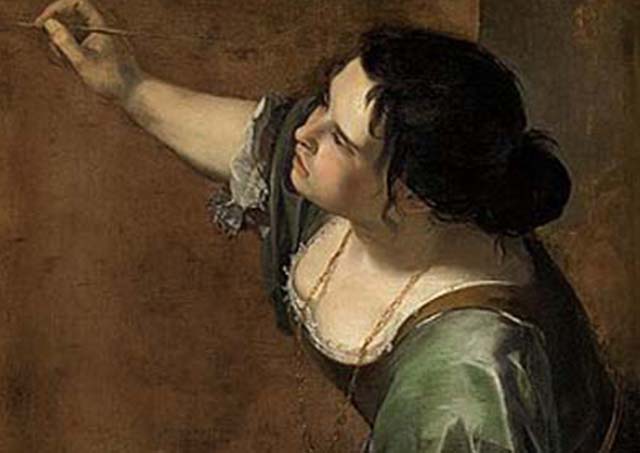
Artemisia Gentileschi:
Dipingere la sua strada verso la gloria contro ogni ostacolo
Artemisia Gentileschi: Painting Her Way to Glory Against All Odds
From Shadows to Light: Artemisia’s Remarkable Journey
Dalle ombre alla luce: Il viaggio straordinario di Artemisia
Dal momento in cui incontrai per la prima volta Artemisia Gentileschi in un’aula universitaria poco illuminata, la sua storia mi affascinò profondamente. Un’artista donna nel XVII secolo, dominato dagli uomini, Artemisia sfidò le norme sociali per tracciare il suo percorso verso il successo.
From the moment I first encountered Artemisia Gentileschi in a dimly lit lecture hall in college, her story captivated me. A woman artist in the male-dominated 17th century, Artemisia defied societal norms to carve her path to success.
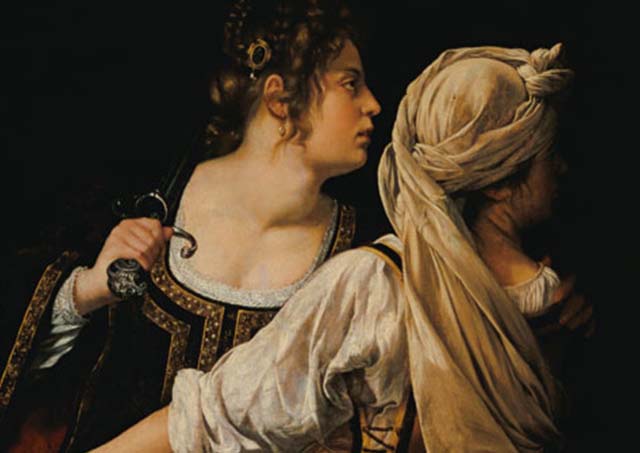
Una vita segnata dall’ingiustizia
A Life Scarred by Injustice
La vita di Artemisia si è svolta sotto i vincoli di una società patriarcale. Suo padre, Orazio Gentileschi, cercò di proteggerla dai pericoli della Roma del XVII secolo tenendola confinata in casa. Ma nemmeno questo bastò a difenderla. Fu violentata dal suo istruttore di pittura, Agostino Tassi, un uomo che suo padre aveva incaricato di insegnarle l’arte.
Artemisia’s life began under the restrictions of a patriarchal society. Her father, Orazio Gentileschi, sought to shield her from the dangers of 17th-century Rome by keeping her confined at home. Yet even this could not protect her. She was raped by her painting instructor, Agostino Tassi, a man entrusted by her father to teach her art.
Tassi, già sposato e noto predatore, ingannò Artemisia con false promesse di matrimonio per salvaguardare il suo onore. Quando le sue menzogne furono smascherate, il padre di Artemisia prese la coraggiosa decisione di portarlo in tribunale, un’azione rara e audace per una famiglia dell’epoca.
Tassi, already married and a known predator, deceived Artemisia with false promises of marriage to save her honor. When his lies unraveled, Artemisia’s father forced her to take Tassi to court—a rare act of defiance for women of that time.

Il processo fu brutale. Artemisia subì esami fisici invasivi e persino torture per confermare la verità delle sue accuse. Nel frattempo, il suo stupratore rimase immune dalle stesse umiliazioni. Sebbene vinse il caso, il processo distrusse la sua reputazione.
The trial was brutal. Artemisia faced invasive physical examinations and even torture to confirm the truth of her accusations. Meanwhile, her rapist remained unscathed by the same humiliations. Though she ultimately won the case, the ordeal left her reputation in tatters.
Per salvare il suo futuro, suo padre organizzò un matrimonio con un uomo che la maltrattava. Artemisia si trasferì a Firenze, dove affrontò aborti spontanei e tradimenti, ma rimase ferma nella sua passione per la pittura.
To salvage her future, her father arranged a marriage to a man who mistreated her. Artemisia relocated to Florence, where she endured miscarriages and betrayal, yet she remained steadfast in her passion for painting.
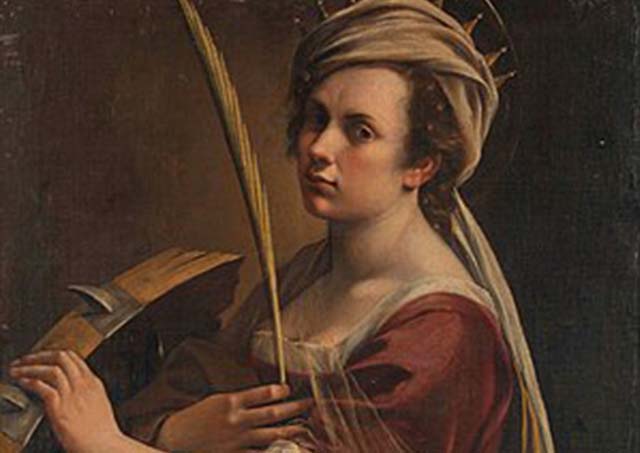
Rinascere dalle ceneri attraverso l’arte
Rising from the Ashes Through Art
IA Firenze, Artemisia trovò alleati influenti, tra cui Galileo e Cosimo II de’ Medici, che divenne il suo mecenate. Superò ogni barriera diventando la prima donna ammessa all’esclusiva Accademia delle Arti di Firenze. Il suo stile unico e il suo immenso talento le portarono riconoscimenti in tutta Europa, ottenendo commissioni da re e duchi.
n Florence, Artemisia found allies, including Galileo and Cosimo II de’ Medici, who became her patron. She broke barriers, becoming the first woman admitted to the prestigious Florentine Art Academy. Her unique style and talent gained recognition across Europe, earning commissions from kings and dukes.
Le opere di Artemisia possono essere considerate un precursore del movimento femminile moderno. I suoi dipinti celebrano la forza e la resilienza delle donne, reinterpretando le narrazioni tradizionali e mettendo le donne al centro come protagoniste vittoriose.
Her paintings reimagined traditional biblical themes, placing strong, triumphant women at their center. Through art, Artemisia healed her wounds, channeling her pain into powerful works like Judith Slaying Holofernes, where she depicted herself as the heroine and her rapist as Holofernes.

Una pioniera femminista attraverso la pittura
Empowering Women Through Art
Appassionata di pittura, Artemisia usò l’arte per elaborare il suo trauma e reclamare la sua voce. I suoi capolavori restano una testimonianza del suo coraggio e della sua abilità, ispirando generazioni di donne a prendere il controllo del proprio destino. Come la dea Artemide, dimostrò che quando le donne si uniscono e perseverano, diventano protagoniste inarrestabili delle loro storie.
Obsessed with painting, Artemisia used her craft to process her trauma and reclaim her narrative. Her paintings stand as a testament to her resilience and talent, inspiring generations of women to take control of their destinies. Like the goddess Artemis, she proved that women who unite and persevere become the unstoppable heroes of their own stories.
Le opere di Artemisia possono essere considerate un precursore del movimento femminile moderno. I suoi dipinti celebrano la forza e la resilienza delle donne, reinterpretando le narrazioni tradizionali e mettendo le donne al centro come protagoniste vittoriose.
Artemisia’s work can be seen as a precursor to the modern women’s movement. Her canvases championed women’s strength and resilience, reinterpreting age-old narratives to elevate women as protagonists of their own stories.
Ascolta la voce di Artemisia mentre
mi racconta la sua storia in Eternally Artemisia.
Hear Artemisia’s voice as she shares
her story with me in “Eternally Artemisia.”
Immergiti nel mondo di Artemisia con il mio romanzo “Eternally Artemisia” e vivi la sua storia attraverso i suoi occhi.
Immerse yourself in Artemisia’s world with my novel Eternally Artemisia and experience her story through her eyes.
Read the novel that was inspired by Artemisia Gentileschi!
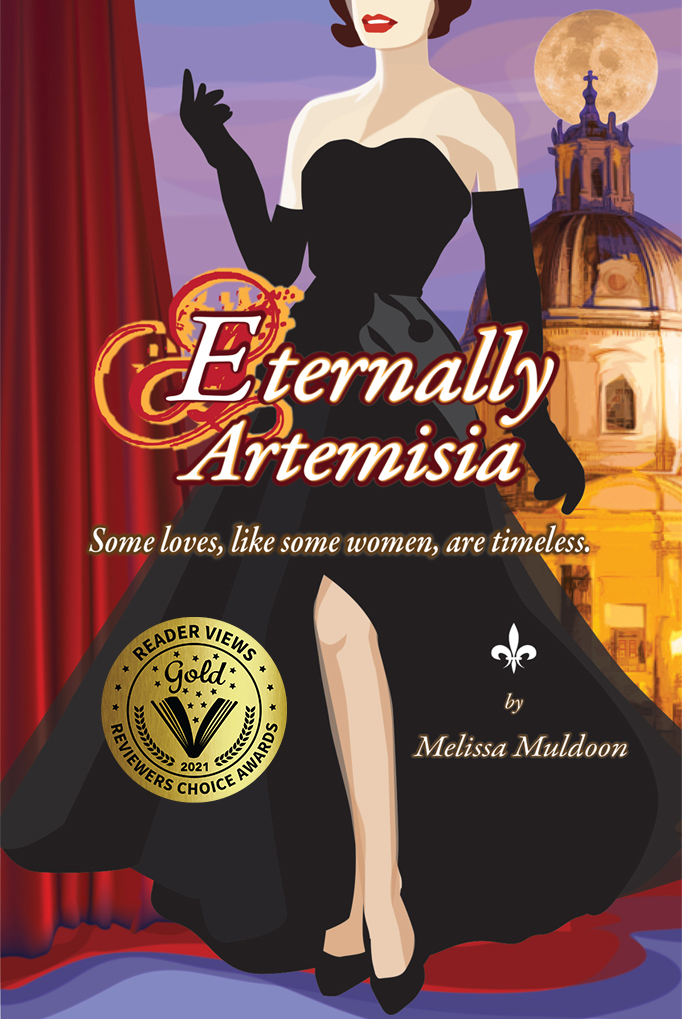
Eternally Artemisia
They say some loves travel through time and are fated to meet over and over again. For Maddie, an art therapist, who wrestles with the “peculiar feeling” she has lived previous lives and is being called to Italy by voices that have left imprints o her soul, this idea is intriguing. Despite her best efforts, however, proof of this has always eluded her. That is, until one illuminating summer in Italy when Maddie’s previous existences start to bleed through into her current reality. When she is introduced to the Crociani family—a noble clan with ties to the seventeenth-century Medici court that boasts of ancestors with colorful pasts—she finally meets the loves of her life. One is a romantic love, and another is a special kind of passion that only women share, strong amongst those who have suffered greatly yet have triumphed despite it. As Maddie’s relationship develops with Artemisia Gentileschi—an artist who in a time when it was unheard of to denounce a man for the crime of rape, did just that—Maddie discovers a kindred spirit and a role model, and just what women are capable of when united together. In a journey that arcs back to biblical days and moves forward in time, Maddie encounters artists, dukes, designers, and movie stars as well as baser and ignoble men. With Artemisia never far from her side, she proves that when we dare to take control of our lives and find the “thing” we are most passionate about, we are limitless and can touch the stars.

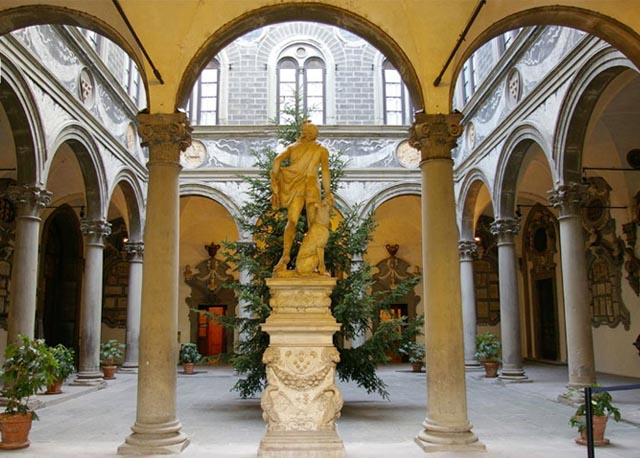
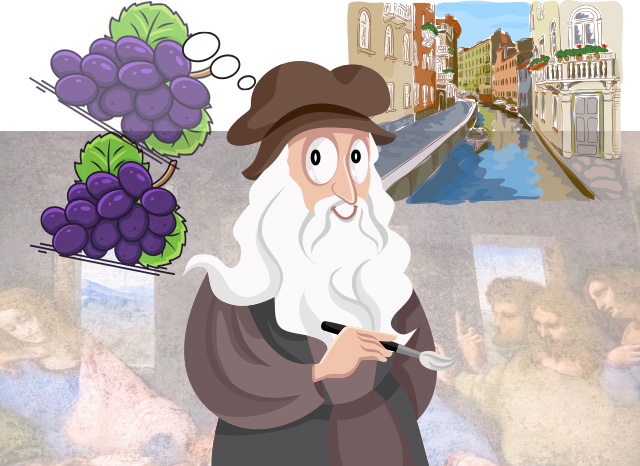


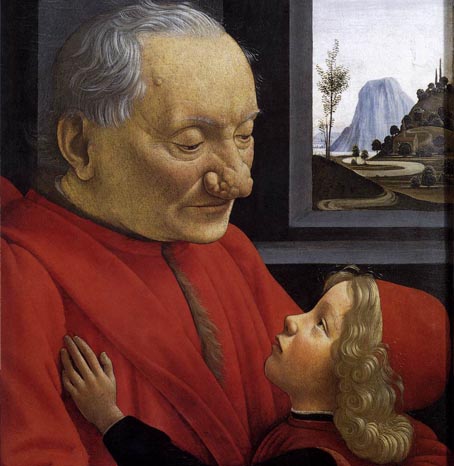





Hello Melissa, I love your posts! They are so interesting. I always learn something new and also get to practice my Italian.
Regards,
Karen Alonso
Ciao Karen! Che piacere sentirti! Sono contenta che ti piaccia il blog e gli articoli! Stammi bene! Un abbraccio! Melissa